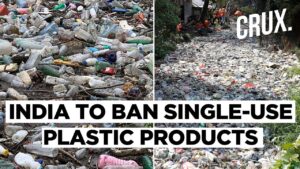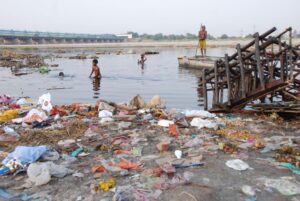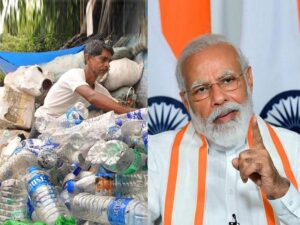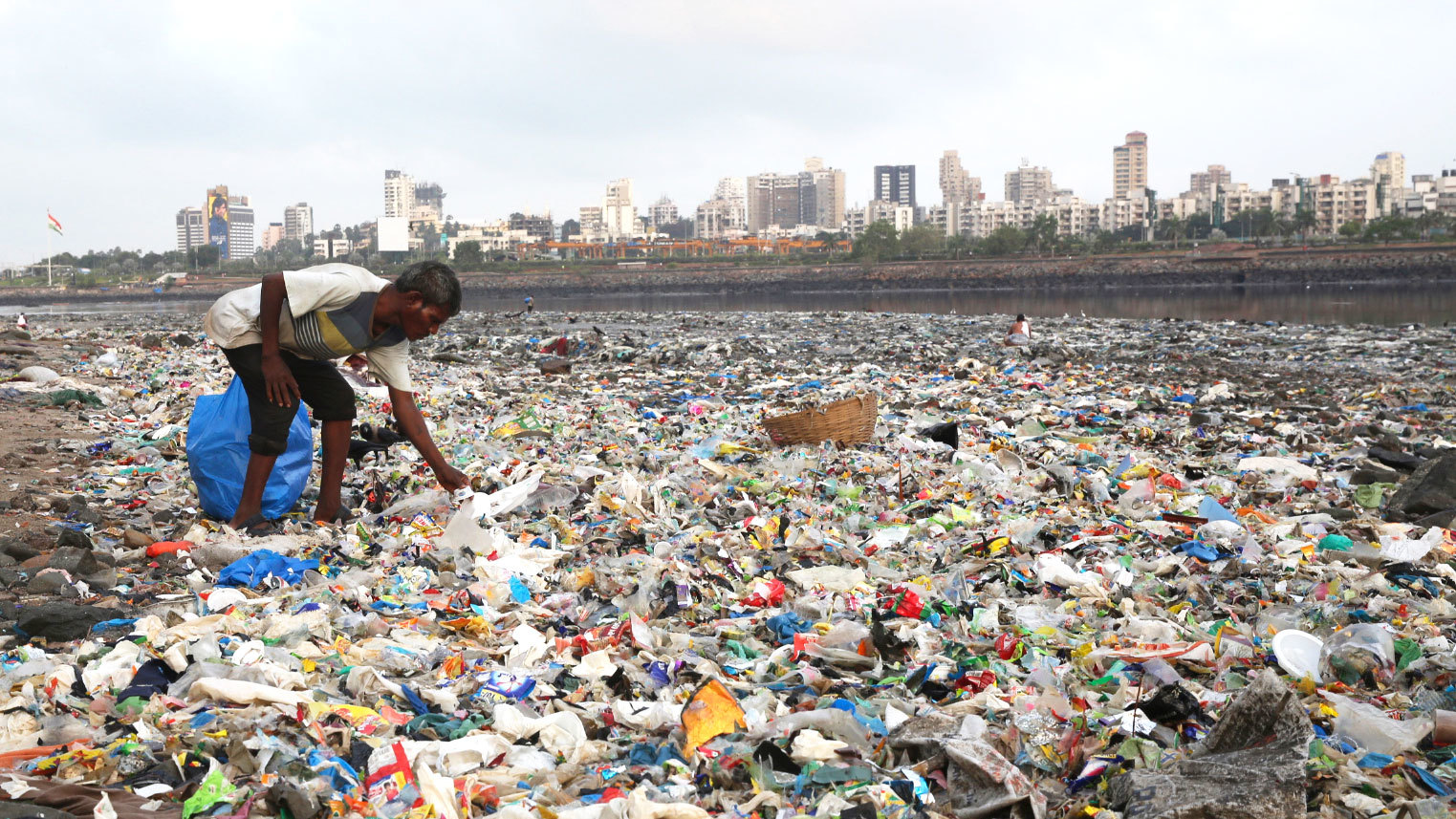Single-use plastic is one of the most prevalent reasons for causing pollution in water and the environment . Many countries had started campaigns to stop using single-use plastics as it has a devastating impact on the ocean, Seas, animals and hydrophytes including India . As we know single-use plastics that we produce millions of tons of every year and most of which can’t be recycled include plastic bags, polythene, straws, plastic glass, water bottles, food packaging items etc. One of the main causes of water pollution is plastic bags that enter the water bodies and break down into small particles however they do not decompose. This is the reason for deteriorating our environment and Ecology in every possible manner. As they are non-biodegradable these single-use plastic are used only once and then thrown away like garbage for recycling.


Burning single-use plastic and other plastic items can release toxic chemicals that can cause serious diseases among humans and animals. Many Marine animals including fish, sea birds, and Turtles are found to have plastic in their stomach as they mistakenly consume plastic particles along with their foods. these plastics stick to their organ and blocks their digestive system which results in a serious health problem also that can cause death. From Burning these single-use plastics, the smoke released by it can cause serious health issues and can increase the risk of heart disease such as asthma emphysema in human beings.
The government of India is planning to ban single-use plastic from 1st July 2022. The manufacturer, import, stocking, distribution, sales and use of identified single-use plastic will be prohibited with effect from next month. The ministry of environment forest and climate change had shot a gazette notification last year announcing the ban and also has defined a list of items that will be banned from next month. According to ministry notification, single-use plastic items such as invitation cards, cigarette packets, sweet boxes, wrapping and packing, glasses, cups, plates, thermacol used in decoration, Ice cream, candy and other plastic that carries less than 100 microns in thickness are band from 1 July. And also from December 31 plastic bags with a thickness of less than 120 microns will be phased out.
What is single-use plastic and what is the reason for banning it?
As the name says those plastics that do not compose and as a result, remain in the same form and also landfills that they have been worried in for minimal to come the plastic cannot be burnt as it releases toxic and harmful gases during the process. These disposable plastics are used only once before they are thrown away these plastic are very convenient and so cheap that it has replaced many other materials from the packaging industry.
According to data, 9.46 million tonnes of plastic waste are produced every year in our country and 43% of them are single-use plastics. In a report by Australian philanthropic organization the minderoo foundation 2021, It is said that 98% of single-use plastic accounts for a third of all the plastic produced globally are manufactured from fossil fuels also 130 million metric turns of single-use plastics for the majority of plastic discarded in the year 2019.
India features in the top 100 countries with single-use plastic waste generation at a rank of 94th the report says and the per capita generation is 4 kg. India’s net generation of plastic waste is 5.6 MMT, With domestic production of 11.8 million metric tons annually and 2.9 of imports. ( at the top their three countries that is Singapore Australia and Oman).

The report of plastic waste management rules 2016 says that there is also a complete ban on using plastic materials for packing or selling Gutka, tobacco or pan masalas.
By 2050 it’s been predicted that single-use plastic could account for 5 to 10% of greenhouse gas emissions. This Ban is a part of the government’s order on August 13, 2021.
Talking about other countries, states in the US have banned single-use plastics. Bangladesh became the first country to ban thin plastic bags in 2002. In 2014 California banned single-use plastic. In 2018 Seattle US’s city became the first major to ban plastic straws.
Also, the European Union took an effective step on July 2,20 21 for a directive on single plastics.
68 countries have plastic bag bans in July 2019 with varying degrees of enforcement. With phased implementation, China issued a ban on plastic bags in 2020. And New Zealand became the latest country to ban plastic bags in July 2019.
The ministry official said “The enemy is not that plastic exists per se, but that plastic exists in the environment. When plastic remains in the environment for long periods and does not decay, it turns into microplastics – first entering our food sources and then the human body, and this is extremely harmful.
We have chosen these items as they are difficult to collect, especially since most are either small or discarded directly into the environment – like ice cream sticks. It then becomes difficult to collect for recycling, unlike the much larger items. And the choice for the first set of the single-use item for the band was based on “difficulty of collection and therefore recycling. ”
How the plastic Ban will be enforced and what are the new rules?
For burning other plastic commodities in the future plastic the government has given in the industry 10 years from the date of notification for compliance. The currently primitive thickness of the plastic bag is 50 microns and will be increased to 75 microns. And 120 microns from 30th September 2021 to 31st December 2022. The central pollution control board along with the Environment Protection Act 1986 will monitor the band with the help of state pollution bodies and identify violations and they will impose penalties prescribed under these acts.




